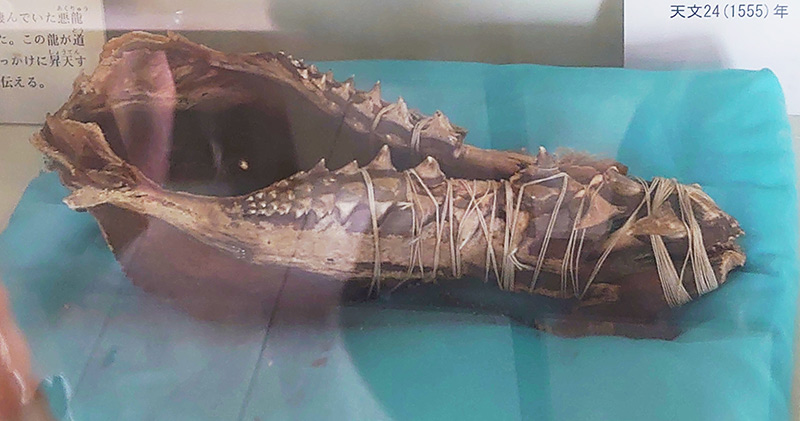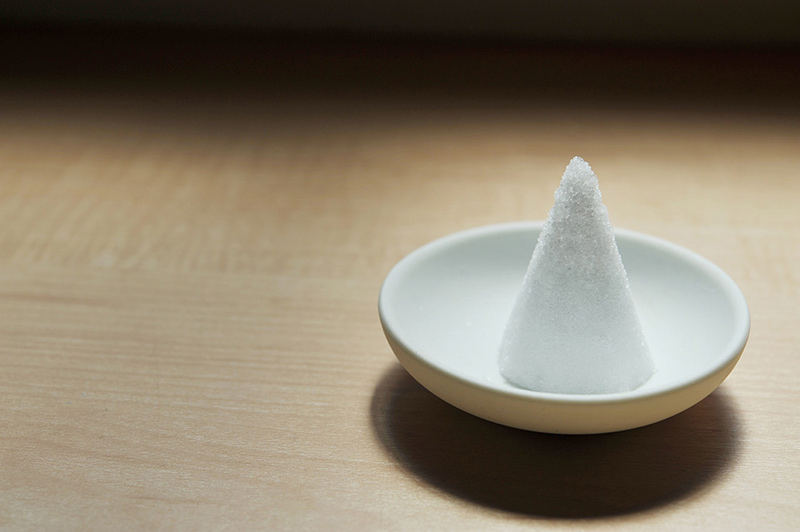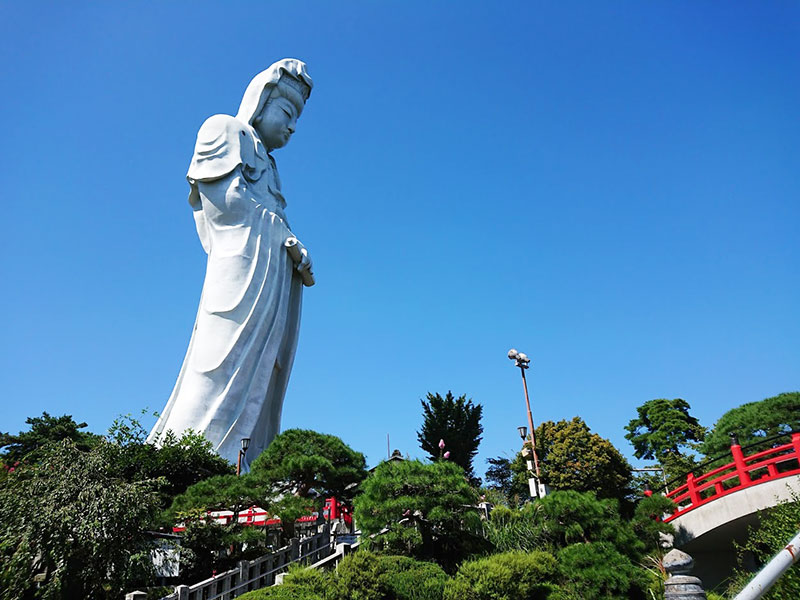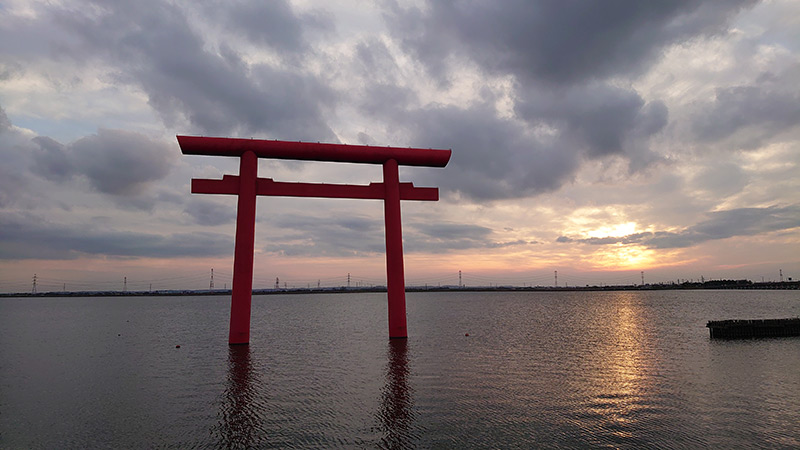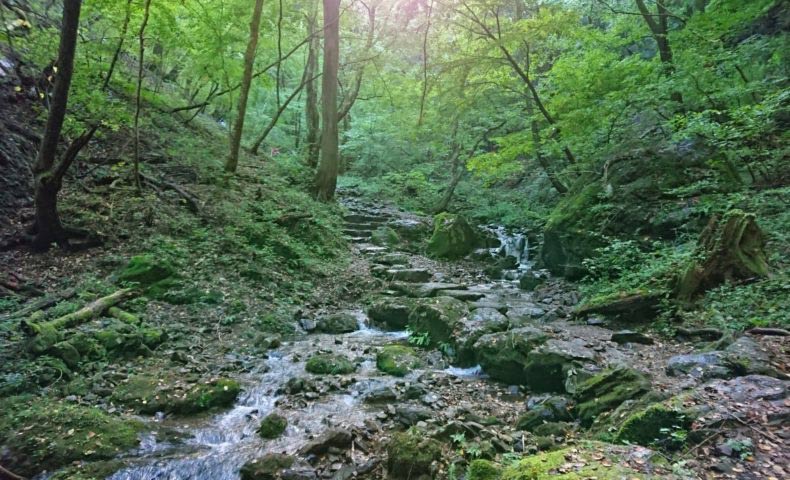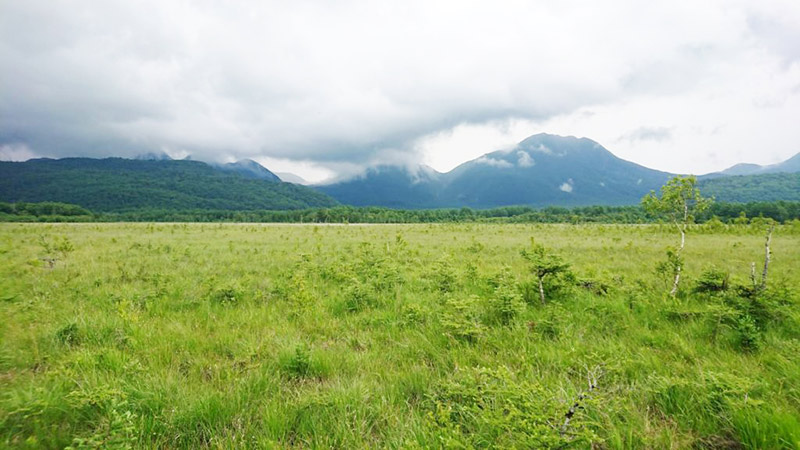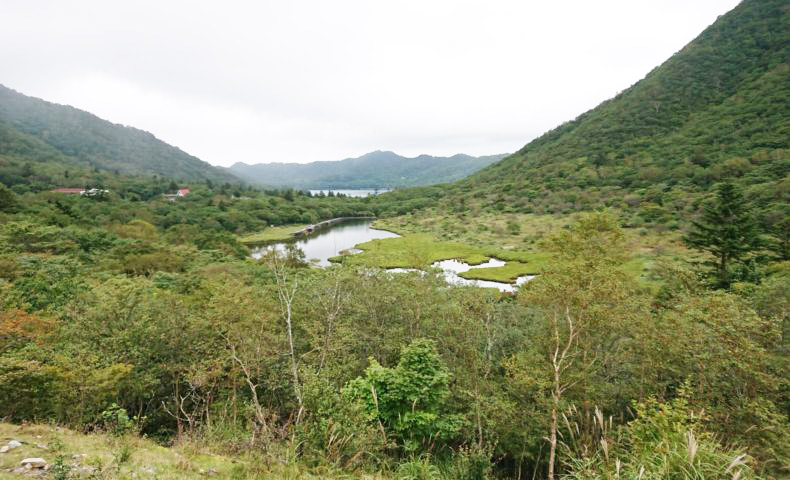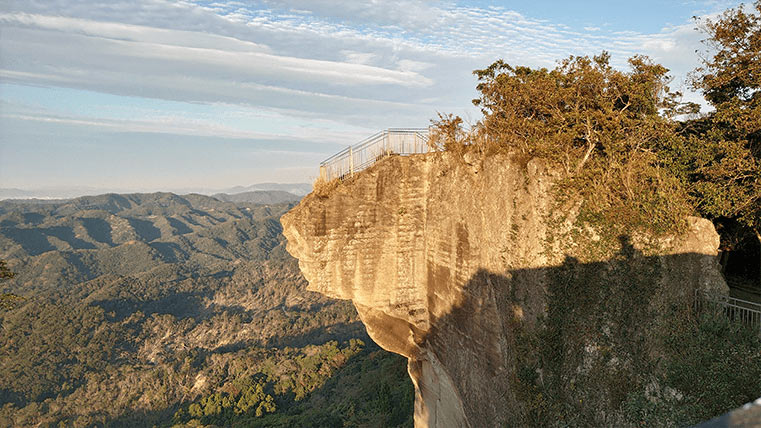Hidari Jingro | The legendary craftsman who lived in 300 years in Japan
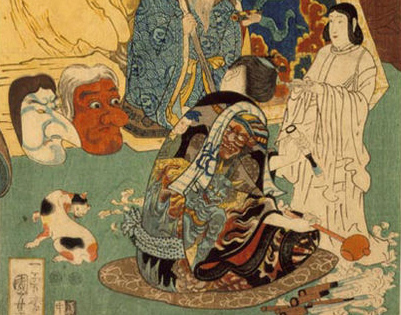
Hidari Jingoro is one of the legendary sculptors who has wrapped in mystery.
Interestingly, his artworks are put down in the western area of Japan and the Kanto region, and those often stimulate our curiosity.
I believe that Hidari Jingoro should be a necessary person to know the sculpture world in Japan, and you must like them after reading this article.
So, I will introduce his interesting background and sculptures as digging his life, works, legend, and so on.
Table of Content
Who is Hidari Jingro in Japan?
First, there is no doubt that Hidari Jingoro is a great craftsman in Japanese art history.
But, no one knows about his identity, and even he exists in fact although his character appears in a lot of narratives like a novel and Japanese traditional storytelling.
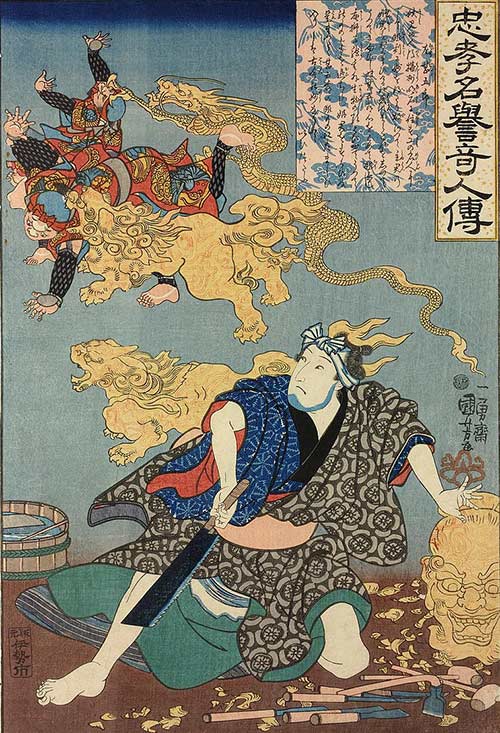
As an example of present artists, the image is close to Banksy in the UK.
Furthermore, it is said that Hidari Jingro lived for 300 years according to one theory. This is because his artworks which are made from Azuchi Momoyama period to later Edo period are set everywhere in Japan over the age (Azuchi Momoyama period is 1568 to 1600, Edo period is 1603 to 1868).
However, humans can not live like this long period as you know.
So, it is alleged that a skilled craftsman around Japan at that age would use his name as the title of the technician.
A Hidari Jingro’s sculptures in Kanto region
As I already mentioned before, Hidari Jingoro made up a lot of artworks, and those works are put down throughout western Japan and Kanto region that the area centered on Tokyo.
For example, the familiar sightseeing spot like Nikko Toushogu, Izumo Taisha, Chichibu Shrine, etc has his sculptures and it captures the imagination of tourists. Particularly, his sculptures in the Kanto region are very impressive as well as the western area.
Consequently, I will mainly introduce those artworks which are set in the Kanto religion from the next section.
Nemuri-Neko at Nikko Toshogu
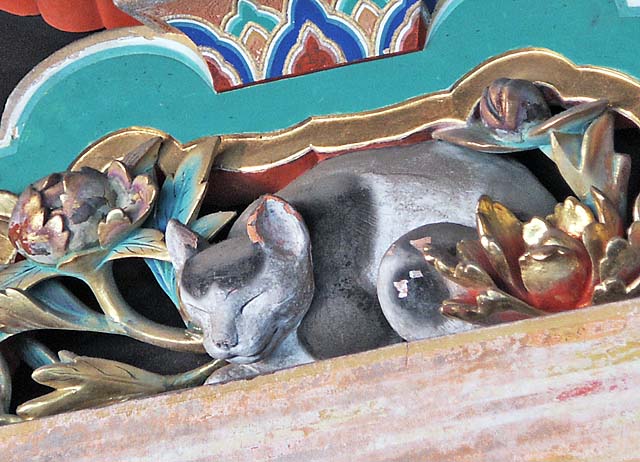
The most famous his sculpture would be Nemuri-Neko in Nikko Toshogu.
It has stood on the gate for the tomb of Tokugawa Ieyasu who is a samurai and achieved to governed Japan in the 15th century.
Nemuri-Neko means a sleeping cat in Japanese, but it opens the eyes a little bit, and the legs look like stand slightly as the cat is able to pounce on prey.
However, it is said that Hidari Jingoro expressed the peace after war in the Sengoku period at the time by the motif of a cat.
In the case of other shrines, cat sculptures often open their eyes and are described as it moves away immediately against Nemuri-Neko.
So, it can say that Hidari Jingoro described the delicate facial expression and posture as it is going to move at any moment.
Nikko Toshogu | 4 mysterious and interesting points
Nobori-Ryu at Ueno Toshogu
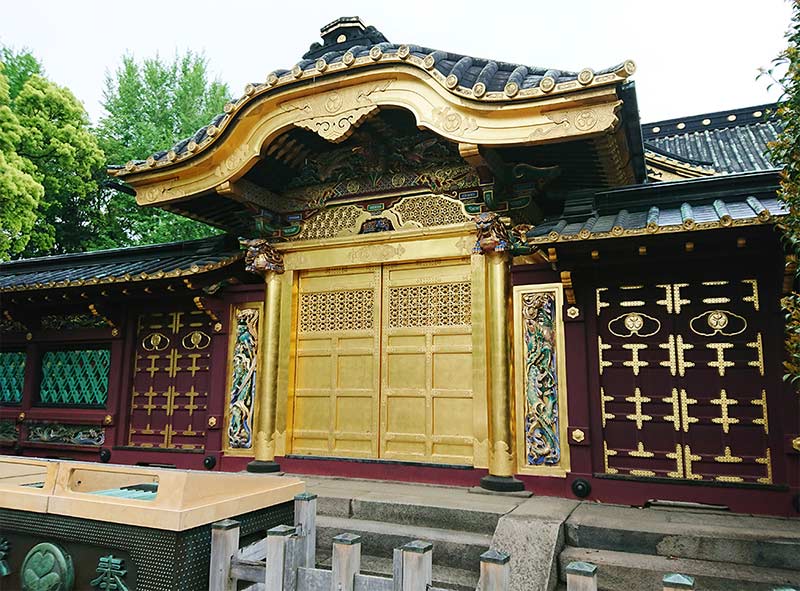
Ueno Toshogu in Tokyo is also the site that is relevant to Tokugawa Ieyasu and Hidari Jingoro.
Basically, a shrine that has the name of Toshogu in Japan is related to Tokugawa Ieyasu, and many of them have worshiped him.
In this spot, the sculpture called Nobori-Ryu and Kudari-Ryu (mean Rising Dragon and Falling Doragon) made by Hidari Jingro is also set in.
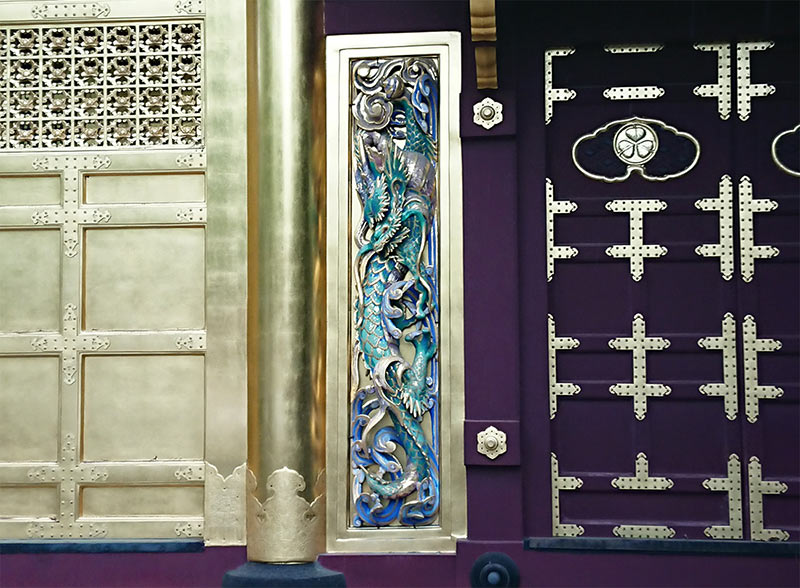
Apparently, the dragon on the right side (Nobori-Ryu) indicates the rise to the top although the face seems to look down curiously. On the other hand, Falling dragon (Kudari-Ryu) looks like going up to the top as the head looks up despite it has the name of falling.
This is because old Japanese people believed that the great person is more modest and show respect for another person, so it is expressed by the word “head down” as a proverb in Japan.
Consequently, Rising Dragon takes a look at the ground, and these sculptures indicate the personality of the inside person rather than the beauty itself.
As a side note, there is a legend that this dragon often sneaked out from here to the nearby lake called Shinobazunoike to drink water.
In this way, Hidari’s work has a mysterious aspect, message, and background.
Kosodateno-Tora at Chichibu Shrine
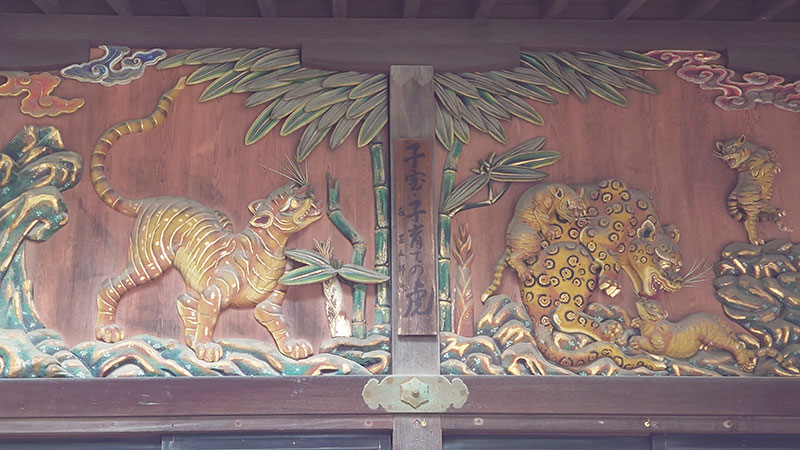
Kosodate-no-Tora (mean Parenting Tiger) definitely gives you an impression like the importance of a family.
As you see, it shows the scene that the mother’s tiger plays with children, and you must feel kindness from this.
In my impression, their mother’s whiskers seem to pop up such as 3d art, so this method is thought that Hidari Jingoro used the different approaches compare to his other works.
However, the mother of the tiger seems to panther from the pattern of the body in contrast to her children. Interestingly, the biggest art group called Kanou faction in the Edo period made the rule that a panther must be described at least one in a pack of tigers.
As a result, Hidari Jingro expressed the combination of panther and tiger’s children in Kosodate-no-Tora along with the rule.
Why did he curve the tiger’s sculpture?
Kosodate-no-Tora has been set at Chichibu Shrine that was reconstructed by Tokugawa Ieyasu in 1569 after burning down.
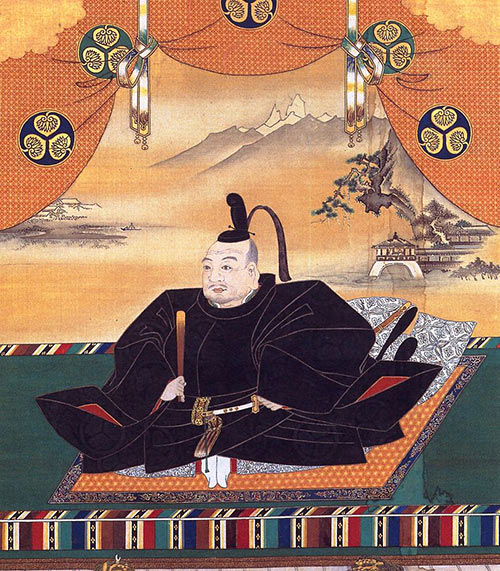
As I already mentioned, many of Hidari’s work apparently connect to the Tokugawa Ieyasu and his site.
Furthermore, Tokugawa Ieyasu has some narrative related to the tiger, because he was born in the year of a tiger that is represented by Japanese zodiac.
So, it is said that Hidari Jingoro curved tigers as a messenger of god that to protect Tokugawa’s dignity and the god in the shrine.
7 interesting and attractive sites at Chichibu in Saitama
Tsunagi-no-Ryu at Chichibu Shrine
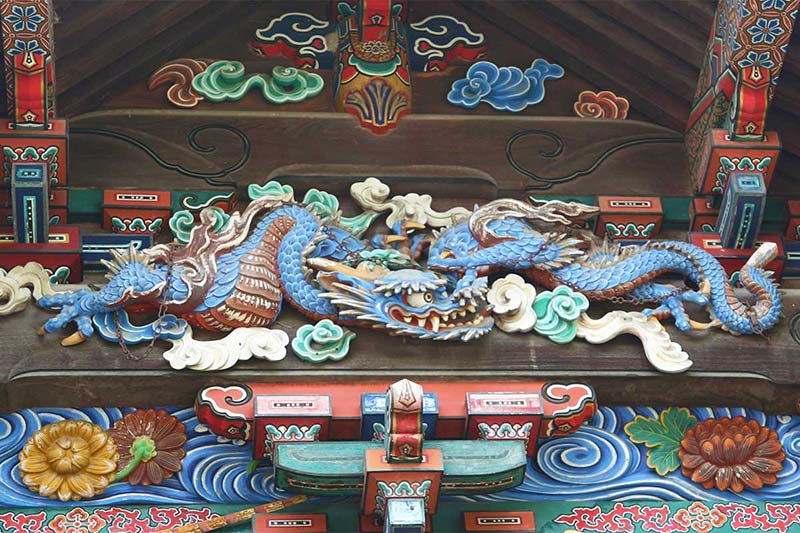
Tsunagi-no-Ryu at Chichibu Shrine is also an attractive sculpture that fascinates viewers.
Curiously, it shows a unique appearance in which the blue dragon is chained up on the wall.
In the distant past, it is said that this blue dragon often snuck out from Chichibu Shrine to the pond called Amagaike at midnight. Then, the dragon drank water in the pond and destroyed a field, according to the Chichibu board of education.
After the blue dragon rampaging, a puddle always appears to the ground under the sculpture of the blue dragon in Chichibu Shrine.
So, people thought that the dragon sneaks out from the sculpture in Chochibu Shrine and tried to chain it. And then, the dragon has never shown up in Amagaike (Amaga pond).
It seems that Hidari’s sculpture prefers to slip out at night and go to the pond as well as Nobori-Ryu at Ueno Toshogu.
Conclusion of Hidari Jingoro
Hidari Jingoro and his works make us feel Japanese tradition, fantastic atmosphere, and mystery.
So, if you have a plan to visit a shrine or temple in Japan, Hidari’s works should be checked to enjoy more Japanese art.
